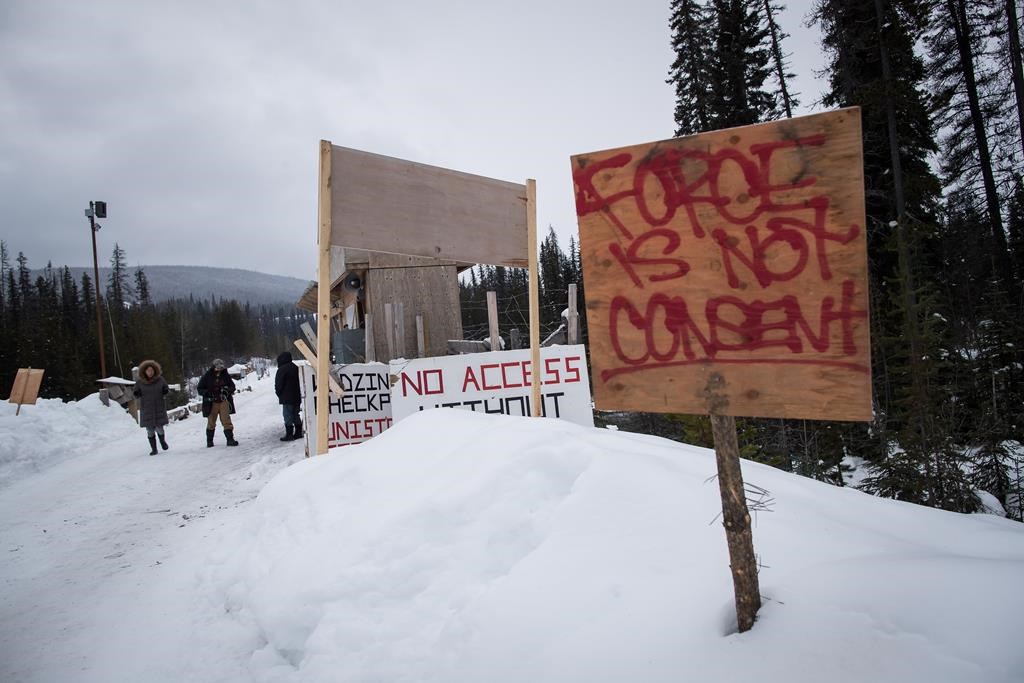The company behind a controversial natural gas pipeline in northern British Columbia says construction began in a number of places before archaeological assessments were complete.

Coastal GasLink says an internal audit found there were two areas along the right of way east of Kitimat where land was cleared before archaeological impact assessments occurred.
It says the assessments are conditions of the permits issued by the BC Oil and Gas Commission and the B.C. government’s Environmental Assessment Certificate.
Coastal GasLink says it has suspended all clearing activity in the area until an internal review is complete and actions are taken to prevent it from happening again.

Get daily National news
WATCH: (Aired Jan. 9) Anti-pipeline protesters vow to keep fighting in Northern BC

It says it has also notified affected Indigenous communities and welcomes their participation in post-impact assessments.
The Coastal GasLink pipeline inspired global protests when hereditary chiefs of the Wet’suwet’en First Nation said it had no authority without their consent.
The company says it had signed agreements with all 20 elected First Nations along the 670-kilometre route to LNG Canada’s export terminal on the coast in Kitimat, including the Wet’suwet’en council.
It says the land cleared in the affected areas measure 600-by-50-metres and 240-by-10-metres respectively and assessments of neighbouring lands had identified them as having low likelihood of archaeological significance.
Coastal GasLink president David Pfeiffer says he regrets the errors that led to the construction.
“I have directed the team to complete a thorough investigation of these incidents and have halted clearing work in the area until the investigation is complete and recommendations are put into practice,” Pfeiffer said in a statement Thursday.







Comments